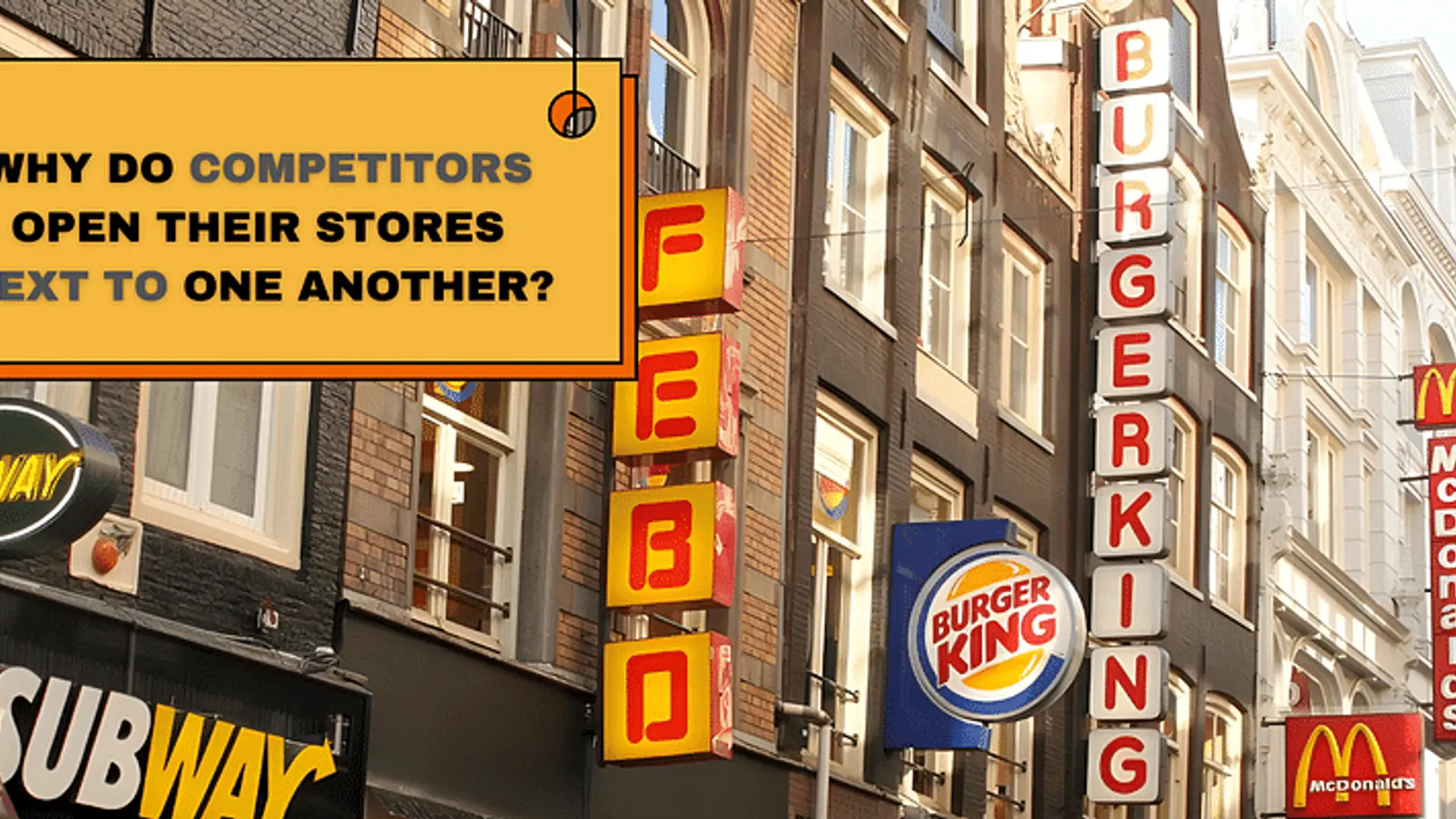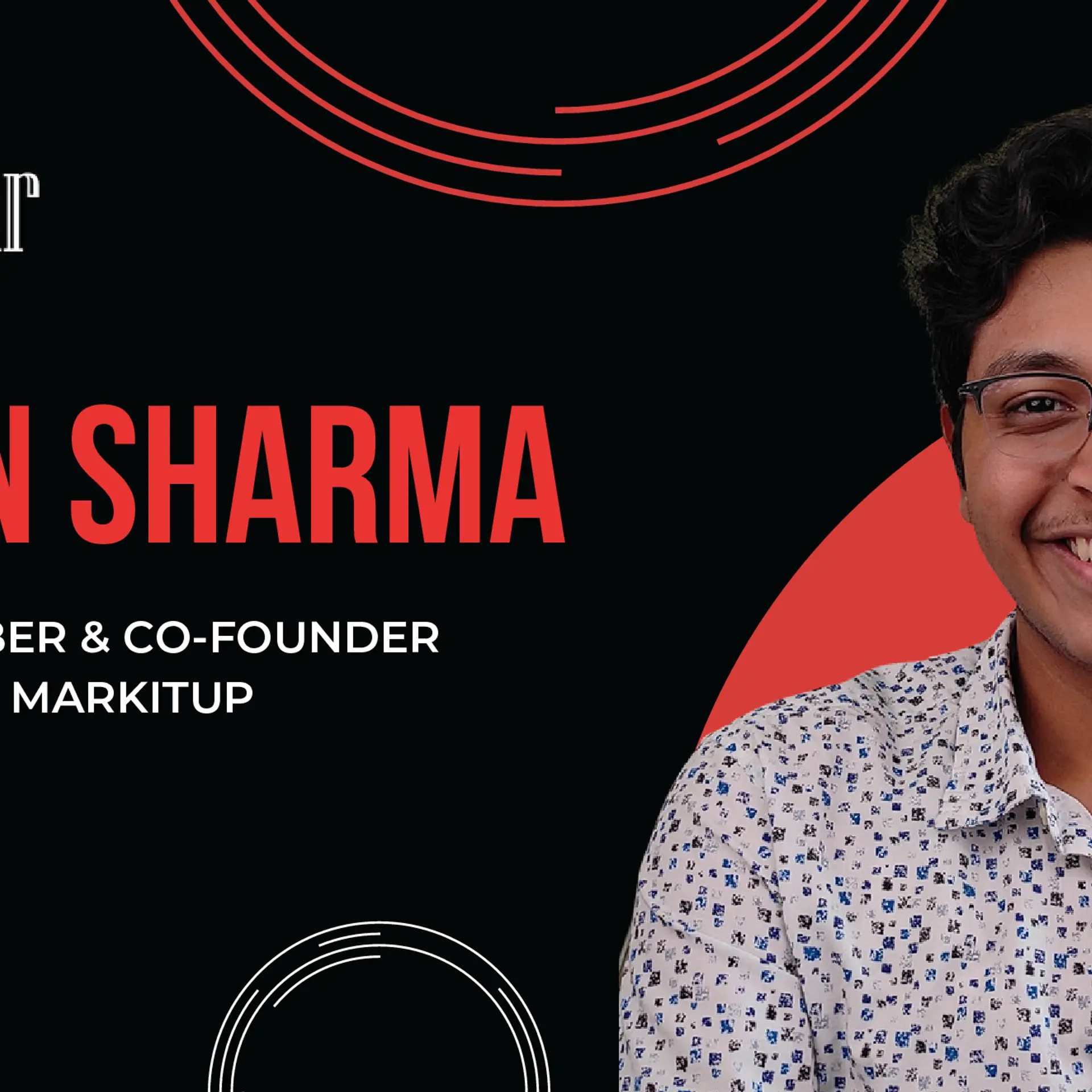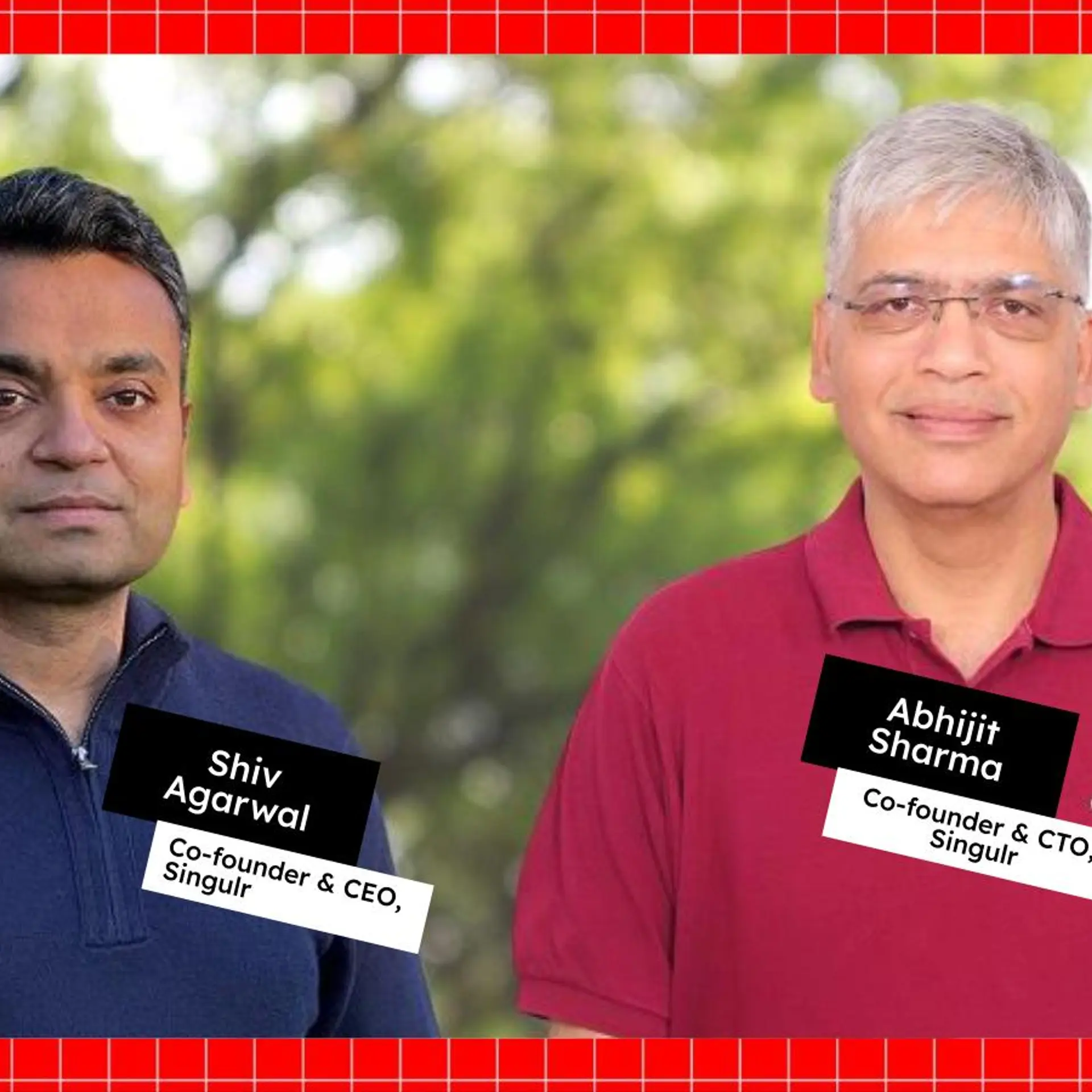We all need upskilling in core and contextual skills: expert insights from the upcoming DesignUp 2018 conference
Experts from around the planet share their insights on the power of design to shape our rapidly-changing world. Catch them live at the upcoming DesignUp 2018 conference and workshop series in Bengaluru this week!

DesignUp, regarded as one of the Top 20 design conferences in the world, has established a reputation for addressing a wide range of fascinating topics: visual storytelling, chatbots, digital prototyping, design entrepreneurship, new career options, consumer loyalty, business ethics and more (see our coverage of the 2017 edition here).
Speakers this year are drawn from five continents, and will share best practices, emerging trends, and success tips across three days of workshops, panel discussions and keynote addresses. In our first article based on pre-conference interviews with the speakers, we share insights on democratisation of design, digital design, voice interfaces, design leadership, and approaches to upskilling. See the second preview article here, and also our D-Zen section for more articles on design.
Design frontiers: digital and beyond
“There is no doubt that wearable equipment, smart TVs, and IoT devices will soon become an integrated part of our daily lives,” explains Yonatan Levy, author of The Other Ideas: Art, Tech Products, and the Creative Mind (to be featured in our book review section).
Demand for designers in the IoT space continues to grow, and designers are required to create dedicated touch screens for a wide range of IoT devices. “Our cars, electric appliances, medical devices, and kitchens will all have interfaces and someone will need to design them. We better be up for the challenge,” Yonatan urges.
“Certainly voice-activated devices, AI, VR, AR, and all of the other buzzwords are also interesting, but there is so much space for design to make huge improvements to the world outside of the common focus areas -- that's the frontier I'm particularly excited about,” says Daniel Burka, Design Director at Resolve to Save Lives, and previously a design partner at Google Ventures.
“I'm particularly excited to see design beginning to penetrate the less sexy problems outside of the consumer internet. Enterprise businesses, security, finance, voting/civics design, and of course healthcare-related design are all of interest,” he adds.
Designers need to increasingly work in co-creation settings with end-users and business partners, from concept to marketing stages. (See also my reviews of the books The Power of Co-Creation and The Seven Principles of Complete Co-creation.)
The challenges
The speakers also flag a range of emerging challenges -- from diminishing attention span to security risks -- and how designers need to gear up to tackle them. “I’m seeing massive security challenges emerging in the IoT space. There is no standard protocol that requires IoT device manufacturers meet security criteria,” Yonatan says.
“As designers, we are not used to think about security much, but I believe this will become a major factor in designing the user experience for IoT products. Connected products will soon be so deeply integrated in our daily lives that their success will largely depend on trust. As experience designers, it’s our job to create that trust with our customers,” Yonatan emphasises.
Much concern has also been raised about diminishing attention spans of users in the digital world, and the limits of multitasking. “Design was one of the contributors in the decline of attention spans, so there’s some blame that has to be acknowledged, part of which is also due to the lack of psychology background of most designers. I’m not talking purely cognitive psychology, but also general psychology and social psychology,” says Davide Casali, Product Experience Director at Automattic, maker of the hugely popular WordPress platform.
While it’s surely true that attention spans are decreasing, it’s also true that there’s a sort of war on our time going on, with everything trying to capture our attention, according to Davide. “This is mostly driven by a capitalistic run for advertising-based business models. While I don’t think advertising is bad in itself, it’s true that it drove businesses to focus on dull metrics and fill out every digital space that is available,” he adds.
“Think about how many notifications are received every day, and how many times we get interrupted. It’s often not because they are inherently useful, but because if you open the app one more time, you’ll get one more ad,” Davide explains.
Given that this is driven by money, it’s incredibly hard to fight it. “A designer working in an advertisement-driven company will always be asked to cut away another slice of our attention. Thus, I believe this is a structural and social problem,” Davide says.
Solutions like the recently added notifications controls in both Android and iOS are just a minimal attempt to contain this. “Design can help to get to a more quiet technology, but we need to address the structural problem to be truly able to solve this,” Davide advises.
The need to upskill
The rise of voice-driven search, for example by Google, Amazon, and Apple, throws up the need to learn new kinds of design approaches. “Voice control is an experience that doesn’t have a user interface. The basic materials we have been using since the beginning of the internet, such as forms, feeds, and search results, are not necessary in voice experiences,” Yonatan explains.
In voice control, the materials are language and sound. “As designers we are required to broaden our knowledge in conversational dynamics and sound design. Designers who are better micro-copy writers have a head start in this field,” says Yonatan.
“I think we need two separate and different kinds of skills: one are core skills, which apply to any field, and the other are practical skills,” Davide explains. Aesthetic sensitivity, modelling and combination are universal skills, while practical or material skills are contextual, such as choosing colours on screens.
“For our growth, we need to work on one side on our core skills — move out of our Photoshop and Sketch Apps — and learn the foundation of design and the psychology behind what we do.” Davide says.
“On the other hand, we need to keep being curious. Voice interfaces, for example are still awkward, but they are here. Sure, right now not everyone is building them, and frankly there’s still no need for most businesses to do so,” Davide explains. But it is possible to keep an eye on the tools, try them out for small prototypes, and grow core skills by learning how language works instead of a specific application about language.
“Another example is AI — or better, machine learning. Right now it’s a lot about coding. But one can easily read about the fundamentals of how to train software, what works and what doesn't, and even build prototypes where possible. Knowing how and where to integrate machine learning into our products is doable today,” Davide says.
He cautions that this doesn’t mean jumping quickly on the next shiny thing. “I still think we need to be somehow conservative on solid solutions for a large part of our work. But we can also keep space for that extra that will make our products better, and our skills grow,” he explains.
The startup world
Increasingly, investors are including design considerations in their startup portfolios. “This may be counter-intuitive, but the top quality I look for in a designer at an early-stage startup (or a design leader in a later-stage startup) is the ability to consider the business implications of their decisions,” explains Daniel of Google Ventures.
If designers do not understand or prioritise the business, their prioritisation will often be at odds with the needs of the organisation. “Another quality that is essential is a process for testing ideas rapidly — many designers want to stay in their design room instead of validating the business's ideas with real customers quickly and often,” Daniel adds.
Startups are hiring product designers and UX experts much earlier than before. “Today’s VC’s and investors want to see a product strategy and user experience early on,” Yonatan explains.
Founders are expected to produce fully interactive prototypes, and provide engineers the necessary materials to write the software that looks and works perfectly. “To meet this challenge we must gear up our tech abilities as well,” he adds.
According to Yonatan, designers with knowledge in software definitely have an advantage. He is also Co-founder of STADS, an online marketplace for sports advertising that aims to reinvent the way advertisers and teams communicate and do business together.
“STADS represents a huge opportunity to disrupt an industry that has always been offline, and I’m very excited about this,” Yonatan enthuses. He has also launched a product management and UX consultancy for a wide range of industries including VR, IoT, and cybersecurity.
Design leadership
Design is occupying an increasingly larger role in product teams, management leadership, and even with venture investors. But getting a voice in corporate boards requires more skills than traditional design skills.
“One has to acquire a business perspective, a business language, and the understanding of how to align user needs and business needs. Luckily, designers have the tools to do this,” explains Davide of Automattic.
“My approach to leadership – and its cousin management – is grounded in psychology. What motivates people, humans socialising between themselves, group interactions, and how these one-to-one connections lead to entire organisations -- this is what I’m passionate about,” he adds. “In the end, a designer alone can’t do much: the best designer is the designer who can coordinate with others,” he says.
“However, not every designer is interested in the corporate route, and I believe nobody should be “forced” to climb a corporate ladder for career reasons,” Davide cautions. Businesses should have alternate growth paths, because management ultimately is a career change.
Design in healthcare
Design has wide applications in the healthcare sector, particularly in emerging economies, says Daniel of Resolve to Save Lives. He is working on an app called Simple, which helps healthcare workers monitor blood pressure in hypertensive patients.
“Hypertension often leads to cardiovascular disease, the highest killer in India and around the world. If India can help patients get their high blood pressure under control, we could help save millions from premature deaths,” Daniel says.
“Our biggest design challenges are around speed and simplicity. Nurses and doctors in India are constantly over-worked and asking them to do another task in their day, even a task that can save many lives, is a tough sell,” he adds. By really focusing on what's important and supporting clinical workflows, he hopes to make an extremely efficient monitoring system that will achieve wide adoption in the public and private sector healthcare in India.
This calls for careful testing and iterative improvements. “To fail fast and fail often is certainly popular in Silicon Valley, but can be problematic in healthcare. One tactic we're using to avoid the common pitfalls here is to use extensive prototyping and user studies to experiment with new ideas,” Daniel explains.
This helps being in the field often and learning directly from healthcare workers, while also working within the safer confines of a limited software testing environment. “It's a method I have used previously at Google Ventures with many health-related startups with positive experiences,” Daniel recalls.
Democratisation of design
The internet has democratised the flow of information, and tools like WordPress have contributed to the democratisation of publishing. The next logical step would be the democratisation of design.
“The democratisation of design I believe is still in its infancy. Part of it is because we are lacking models and tools to do this,” Davide says. There is plenty of history on how to be open on source code, but design requires tools that are harder to build, which means that currently there is no “standard” in design the way there are programming languages for code.
“This translates also to a lack of tools. In a way, we are still waiting for the equivalent of a “GitHub of Design” that proves how it can be done collaboratively,” Davide explains. This, however, is not just about tools: before GitHub appeared, models and approaches for collaboration were built piece by piece, over the years. “The same hasn’t really happened yet for design. The best that we find out there are ways to add comments on top of images,” he adds.
An interesting development to watch is the way WordPress is expanding the functions of its editor Gutenberg. “I believe that the future of WordPress lies in the upcoming release of Gutenberg. The reason is that open source projects have historically an incredible level of inertia: people tend to like what they are used to -- until a competitor appears, and everyone jumps to the new platform, leaving the old one to fade,” Davide says.
Since open source is driven by people, change is hard because the people who usually lead these projects are also the ones who are happy with the status of things as they are. “By definition, in a large community, it’s hard to see outside,” he adds.
Davide sees Gutenberg as a bold move to future-proof WordPress and lay the foundation for the next 10 years. “It’s however just a “v1” that plants the seed of the future, like WordPress did when it launched years ago. There’s a lot of work that needs to happen in the next years,” he says.
DesignUp 2018
All the speakers expressed eagerness to connect with fellow designers at the DesignUp 2018 conference in Bengaluru this week. “My first expectation is to meet new people and share knowledge with each other,” Yonatan says.
“I think that DesignUp is a unique gathering designed to share new ideas and learn from one another. Concepts such as the Designer’s Table demonstrate this notion and provide a true opportunity. I’m looking forward to it very much. Also, many years have passed since my last visit to India, and I can’t wait to be there again,” he adds.
“I've met quite a few designers in India over the last year and a half of working here. I'm constantly impressed with their world-class skills and knowledge of the field. I'm actually interested in learning from them,” says Daniel.
“Many of the challenges in designing for the India market are unique and will be deeply informative to anyone working at a global scale. I've met several designers who are pushing the design field forward and I'm excited to meet more of them. The talent pool in India is so deep,” he adds.
“Even if we are one global community in many ways, I want to see what happens all around the world. That’s why I enjoy travelling and speaking at conferences outside my normal reach,” Davide says.
“I’m very curious about the local aspect of the conference: being there, meeting all these great designers, and learn from their experiences. I’m sure there are lots of struggles and approaches that are similar, as well as different, and I love learning these differences,” Davide signs off.







